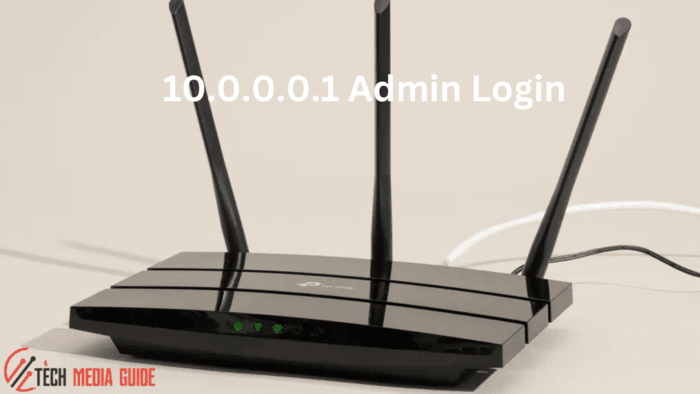
If we had to define what 10.0.0.0.1 is in one word, it's inaccurate. Why? Because it's supposed to be 10.0.0.1. People mix up the two IPs because they look very similar and need to know IPs have four eight-bit numbers.
IP address 10.0.0.1
The IP address 10.0.0.1 is unique because it can be reused. It is part of a group of private IP addresses for local networks. These addresses can't be used online like public ones, but they are still valuable.
The IP 10.0.0.1 is unique because it's reusable. It's in a set of private IPs for local networks. These can't go online like public ones, but they're helpful.
Afterward, network admins and ISPs began using different techniques to map one IP space to another. They use private IP addresses, like 10.0.0.1, instead of public ones.
In the future, Internet Protocol Version 6, IPv6, will fully replace IPv4. However, this transition will take a while. At present, only 25% of internet traffic uses IPv6.
How can I sign in to 10.0.0.1?
If you have a router at home, you could use the IP address 10.0.0.1 to get to it.
Step 1: Start your preferred web browser. Type http://10.0.0.1 into the address bar and press Enter. If a security alert pops up, use https://10.0.0.1 for logging in instead.
![]()
Make sure you're not trying to open the http://10.0.0.0.1 page for logging in. It won't work because there's no login page at 10.0.0.0.1. You should see a login window instead.

Step 2: Input the standard admin username and password to continue.

If you need clarification on the default admin username and password, go to the next section in this article.
Step 3: Check out your router's control center.

When you go to your router's admin page, remember that there is no 10.0.0.0.1 admin page because it has an extra zero. You can adjust various settings, including the login page's IP address.
You can switch your Xfinity or Comcast router page from 10.0.0.1 to 10.0.4.1 or 10.125.3.1. Just remember to keep the IP between 10.0.0.0 and 10.255.255.255. So, 10.0.0.0.1 for Xfinity or Comcast won't work.
When you adjust Wi-Fi settings, it's best to try NetSpot. It's a simple Wi-Fi tool that checks if your changes improve your Wi-Fi.
Router's Standard Login Credentials
Every router maker has its own set of usernames and passwords. This article can't list all of them. But here are the top 10 most used username/password pairs.
| admin | admin |
| admin | password |
| admin | [none] |
| [none] | admin |
| [none] | [none] |
| administrator | password |
| administrator | [none] |
| recovery | recovery |
| root | root |
| root | [none] |
What happens if you can't sign in to 10.0.0.1?
For three reasons, many people find it difficult to connect to 10.0.0.1:
Most routers are accessed through 10.0.0.1 IP. You need a computer connected directly with a cable for this. Some routers allow changes, but only a few. Get a long Ethernet cable and connect it. A desktop usually has an Ethernet port. For laptops, buy a USB adapter. It's cheap online or in stores.
Incorrect IP address: Some network experts mistakenly use 10.0.0.0.1 instead of 10.0.0.1. Remember, IPv4 addresses have only four numbers. If you changed your router's IP from 10.0.0.1 and forgot it, reset it to its original settings. Look for a reset button on the router's back.
If you put in the wrong username or password, you need to use the correct login details. These details keep your router safe from people who shouldn't access it. You can usually find the default username and password on a sticker stuck on your router.

